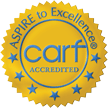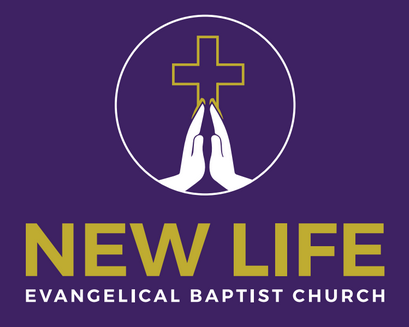Substance Abuse Treatment Is The Art Of The Possible
(Third in a series of reports from the front line of the battle against heroin.)
Yesterday, I developed a reasonable estimate of the MINIMUM number of heroin addicts in Baltimore City, 60,000. Now, I’d like to delve into what a methadone clinic is and what it is not; and which heroin addicts participate in such programs, and which do not and why.
Turning Point is rather unique among methadone clinics, because it has grown so big, so fast, having tripled in size in three years. Other clinics have mostly patients who have been in the program for years. Our average patient has been with us only about a year and a half. What this means is that we see every day the stark contrast between patients who want to cease drug use (those who have been in the program many years) and those who simply present themselves for medication because they do not at that moment have money to buy drugs.
In other words, there are essentially two clinics operating under the same roof. To underscore that the patient clientele served by each is so very different, let’s call one “good” clinic and the other “bad” clinic.
The good clinic is what everyone hopes a methadone clinic will be, a place full of people anxious for and working diligently towards total recovery. Sometimes failing and sometimes not, they are nonetheless serious about their recovery. We try to give these folks every service we can afford to give. We provide counseling, social work, daycare for children while patients are in the clinic, onsite mental health therapy, free food, and, perhaps most notably, an optional faith-based program. We are actually the only faith-based methadone program in the world. It is in the good clinic where the so-called “medical model” of treatment for addiction is most relevant. Although the good clinic benefits the community by helping addicts become drug free, it is primarily oriented toward benefiting the individual patient.
The bad clinic is frequented by patients who simply do not have money to buy drugs on the particular day of his or her visit. Of course, we hope that these patients will eventually end up in the good clinic, genuinely seeking recovery. Although many do, most often that is not going to happen. But that is not all bad. In fact, it’s not bad at all. Because, going without the medication that the bad clinic provides to these patients, they would be otherwise involved in domestic violence, due to withdrawals, robbing/burglarizing people, and often selling their children for sex. For the $80 Medicaid pays for a week’s worth of methadone treatment, I think most anyone would agree that the bang for the 80 bucks is very good indeed! Patients in the bad clinic are not usually very interested in other services that we make available. In total contrast with the good clinic, the bad clinic exists overwhelmingly for the benefit of the COMMUNITY.
Although there is no disagreement on the good things the good clinic does for people, policy makers and regulators are loath to acknowledge the existence and benefit of the bad clinic. They simply can’t comprehend that, overwhelmingly, most inner-city heroin addicts have no interest whatsoever in seeking recovery. And, strangely, they simply cannot grasp the indisputable and obvious fact that medicating “bad” patients precisely when they do not have money to buy drugs is an unimpeachably “good” thing to do. In their own way, these patients are trying to avoid committing drug-related crimes, whether policy makers want to accept that fact or not.
This is the key point I want to make in this series on addiction treatment: Most of those in the good clinic might well have ceased drug use regardless of treatment. Accordingly, that implies that the bad clinic is not only relevant, because some of those folks will find methadone worthwhile and end up in the good clinic, but that the bad clinic is actually of FAR greater real benefit to the addicts, their families and the community. If policy makers would only accept this fact, then the population of addicts in treatment would explode. Although no miracle in terms of expected recovery rates, this would still be a true miracle for the community and the taxpayer!
Now, the reason the bad clinic is held in such contempt by shortsighted policy makers and researchers is rather simple. They have a white, suburban, idealist mentality, believing that more can be accomplished with lifelong, destitute, inner-city heroin addicts than is actually realistic. With respect to white, suburban, middle class addicts, their views and policies might be quite correct. Recovery is much more likely among such a clientele. But we need policies and clinics to address the reality of inner-city addiction. And that means we desperately need the bad clinic.
I am reminded of the famous quote attributed to Otto von Bismarck, who said “politics is the art of the possible.” We must learn that substance abuse treatment in the inner-city must be the art of the possible, and not simply some policymaker’s fantasy. And, no matter what new drugs we develop to replace methadone (which, by the way, is as perfect a substitute for heroin as anyone could want); no matter what researchers find in terms of new approaches to counseling and therapy; no matter what additional services we provide; we will still be left with the immutable fact that most inner-city addicts do not have any interest in ceasing drug use.
Conclusion: Substance abuse treatment must be the art of the possible.
Tomorrow, I will discuss why the inner-city addiction problem is so intractable.
Rev. Milton E. Williams
President, Turning Point Clinic
Sr. Pastor, New Life Evangelical Baptist Church



